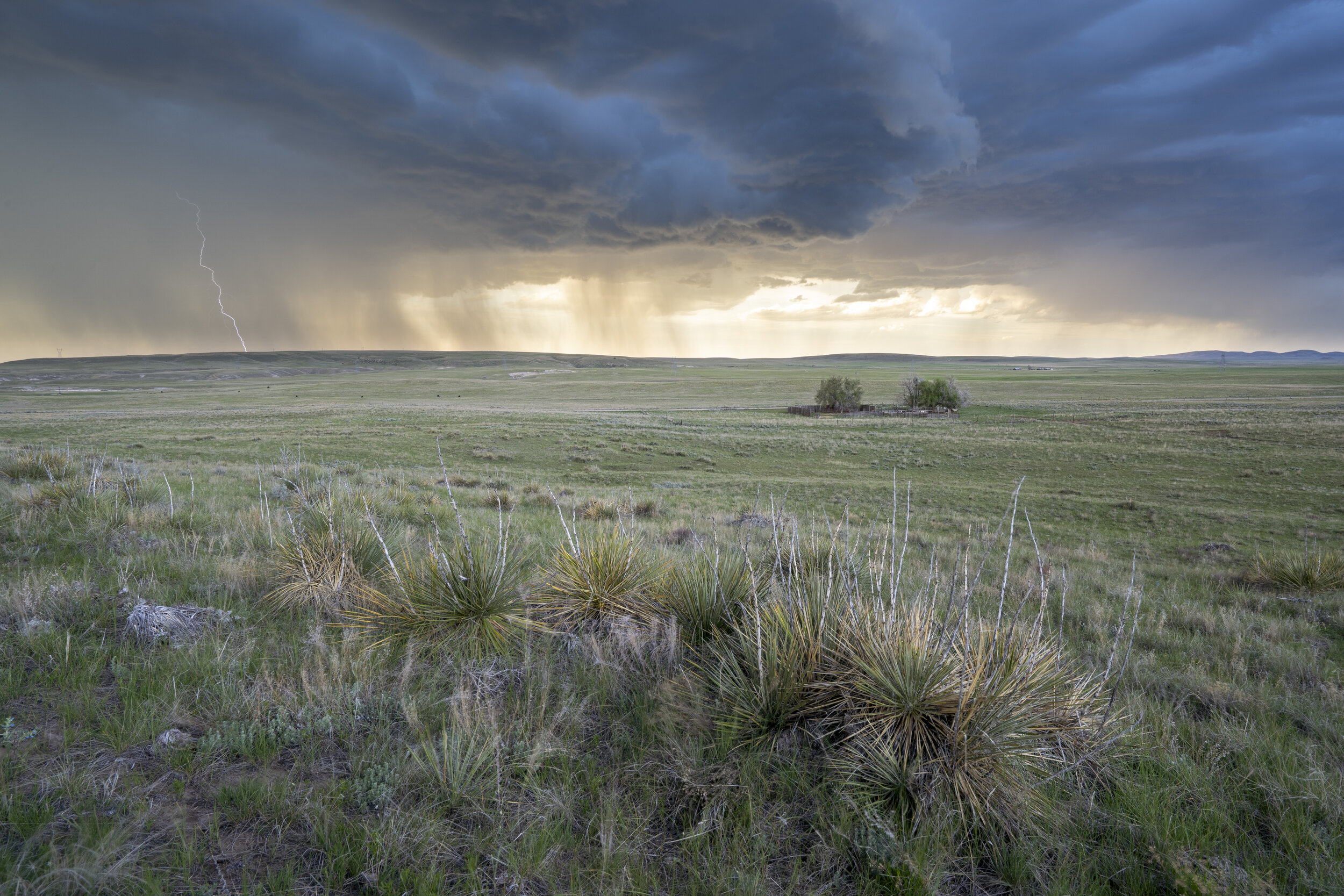
BCAS Articles

August Nature Almanac: What's up with our Monsoon?
When Coloradans talk about our "midsummer monsoon," visitors from India must shake their heads. After all, two or three inches of precipitation over a six-week period hardly compares to the torrents of life-sustaining rain that wash over the Indian subcontinent each summer.
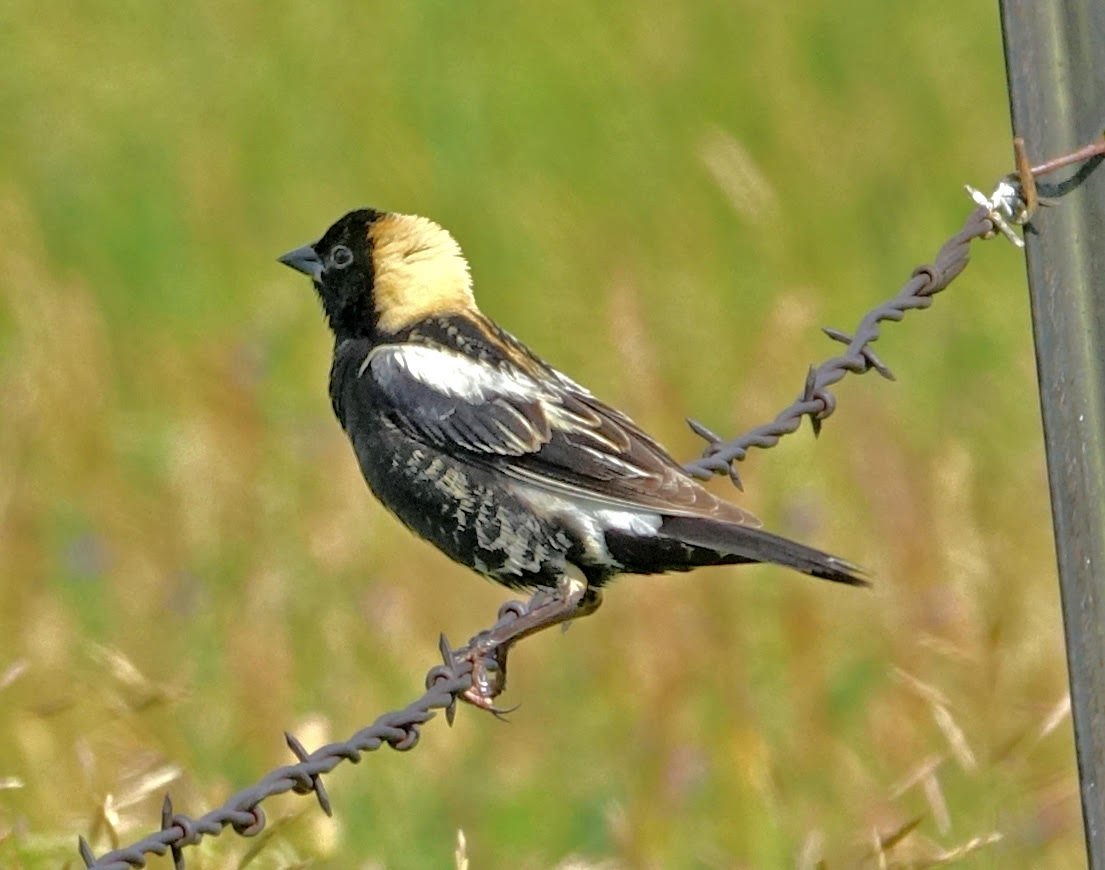
July Nature Almanac: Meadowtation
Why sacrifice blood to mosquitoes who are out whining and dining in wet meadows in July? Fireflies, snipe, and bobolinks are three good reasons.

June Nature Almanac: Variegated Fritillaries Invade Foothills Grasslands
The common name variegated fritillary describes the complex pattern of orange, brown, and buff scaling on the underwings.

May Nature Almanac: Tyrannical Western Kingbirds Rule!
A gray bird with a lemon-yellow belly and lots of attitude flies out from a perch and chases off an intruder. This vocal defender of territory is a Western Kingbird.

Conservation Corner
Lights out for spring migration, Redtail Ridge vote for Louisville residents, and CU-South upcoming vote for city of Boulder voters.

April Nature Almanac: Flutist of the Prairie
The West is home of one of the best songsters in the world, yet we often take this prairie crooner for granted. Of course, we’re referring to the Western Meadowlark, the master singer of any worthy pasture, open-space parcel, or grassland along the Front Range.

March Nature Almanac: Early-Appearing Saw-whet Owls Face Deep-Freeze and Feral Cats
Standing just 5.5 inches tall and weighing less than 4 ounces, Northern Saw-whet Owls need to consume close to 20% of their body weight each winter day to keep body temperatures from plunging.

Conservation Corner: Water Worries
This edition concentrates primarily on major water issues that have reached a crisis level. The background, of course, is the major, multi-year drought affecting the southwestern U.S. We know from tree-ring studies that such droughts occur periodically in our region and sometimes last for decades. This is, of course, complicated by the addition of human-caused climate change, which is projected by experts to increase the frequency and severity of such droughts.

February Nature Almanac: Manzanitas Bloom for Christmas… and for Valentine’s Day
We think of manzanitas as being emblematic of California. However, Panchito manzanita is native to the Uncompaghre Plateau in western Colorado. It is well adapted to a dry climate and fluctuating temperatures.

President’s Message: New Year 2022
My advice for the first months of 2022 is to look for the solace and joy in nature where we can find it. Reach out to those in need in whatever manner you can. And above all, be kind.
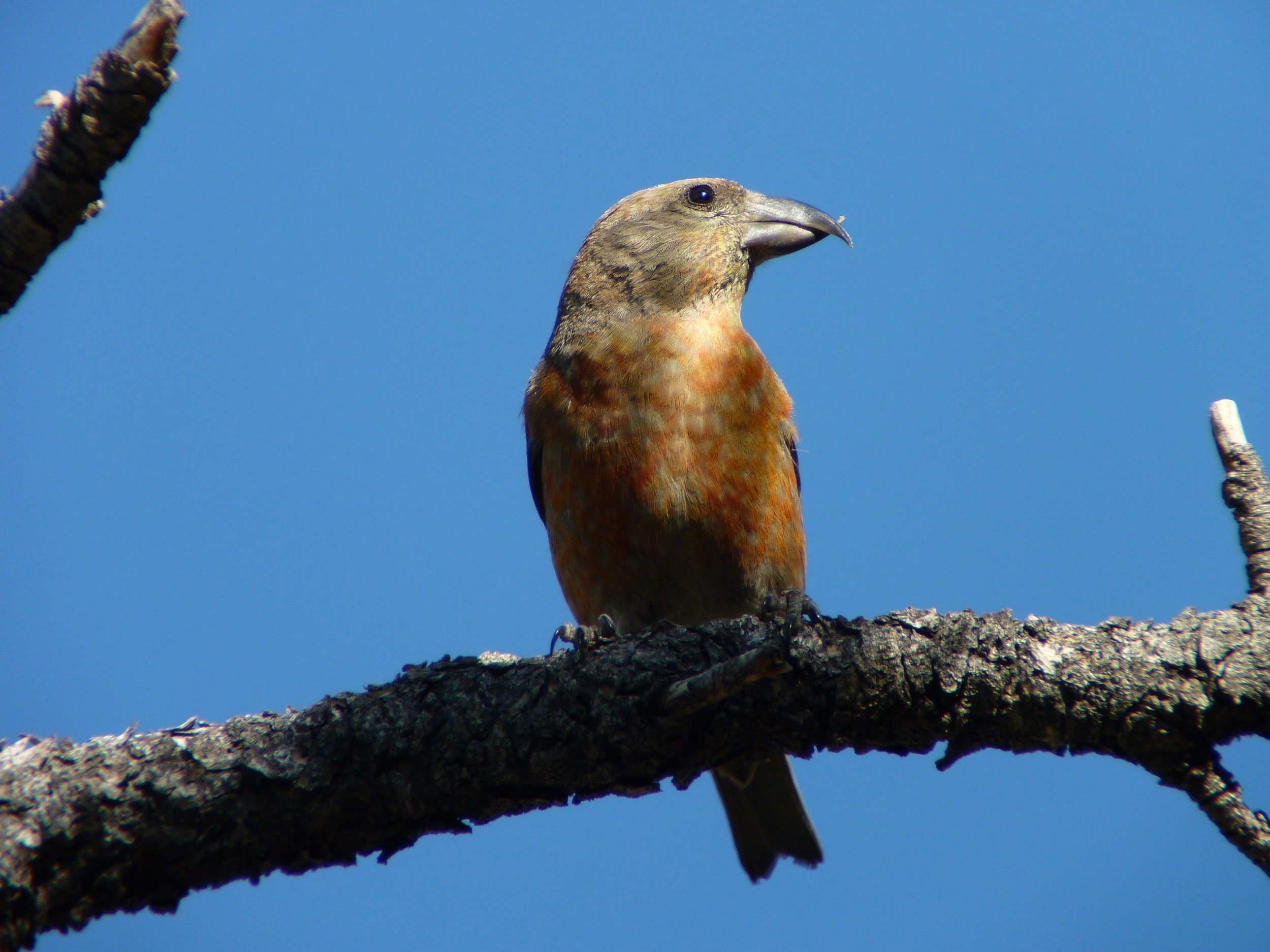
January Nature Almanac: Red Crossbills Usher in the New Year
Hardy creatures, crossbills are able to withstand the harshest winter weather nature can bring on, as long as food remains available. A finch relative, they are found throughout the foothills and mountains of Colorado.

2021 Was Not a Good Year for Bluebirds
2021 was a disappointing year for Mountain and Western Bluebirds in Colorado. The data from our Boulder County Open Space and Boulder County Audubon bluebird monitoring combined with the data from the entire state of Colorado bluebird box surveys shows fewer bluebirds fledged in 2021 than in 2020.

Winter finch news you can use
New research says your bird list may have just gotten shorter (but not officially yet).
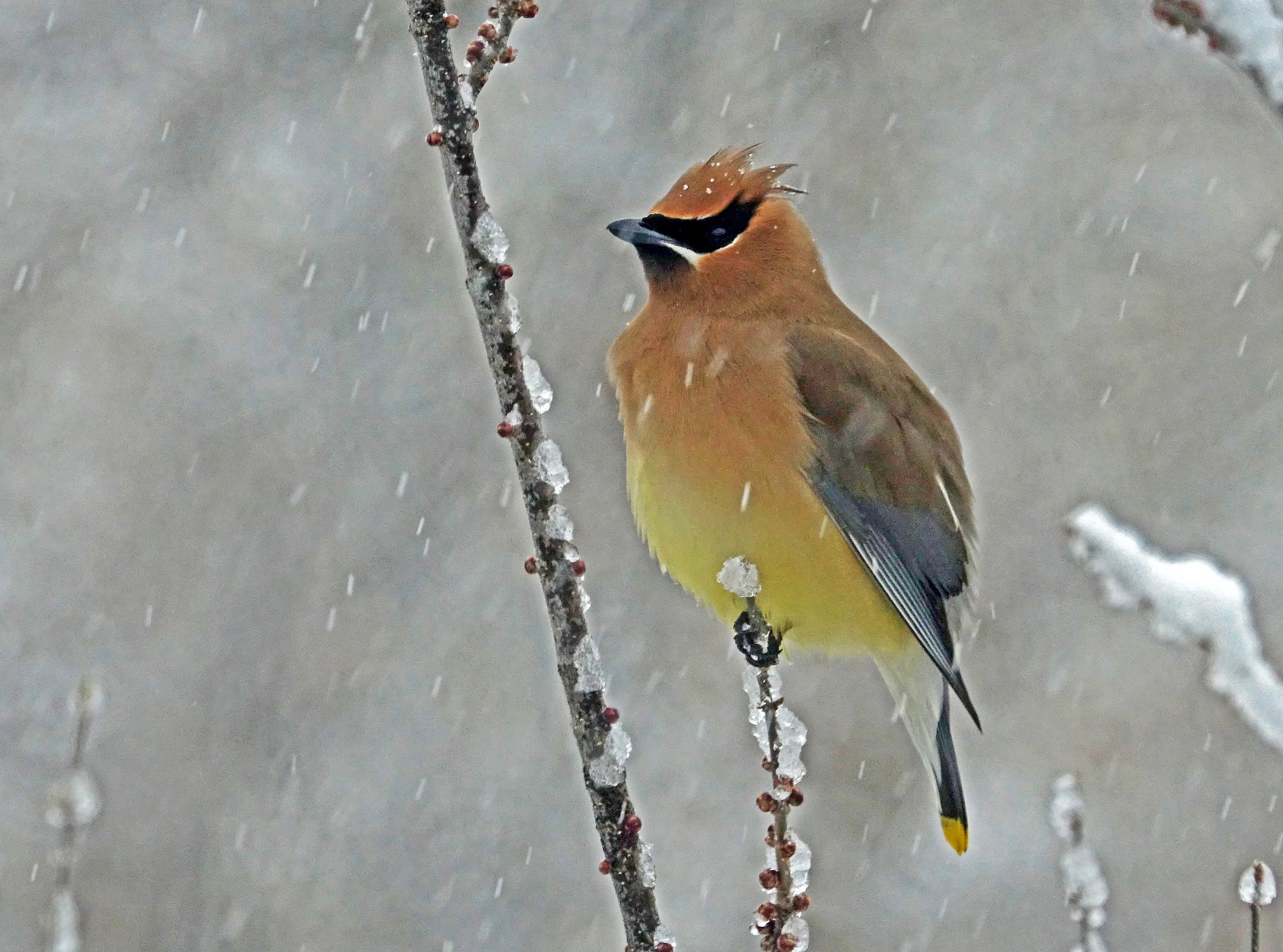
December Nature Almanac: Cedar Waxwings Embrace Suburban Life
When we first settled in Boulder more than a half-century ago, we would have been startled and thrilled to see a Cedar Waxwing in our backyard. Now we see or hear them throughout the year -- flocking to junipers, dangling from berry-laden mountain ashes, or visiting our backyard bird feeders.

Conservation Corner: Gross Reservoir and the Colorado River
For this issue of Conservation Corner, it seems appropriate to consider new developments regarding the proposed expansion of Gross Reservoir, and the associated problems affecting the Colorado River.
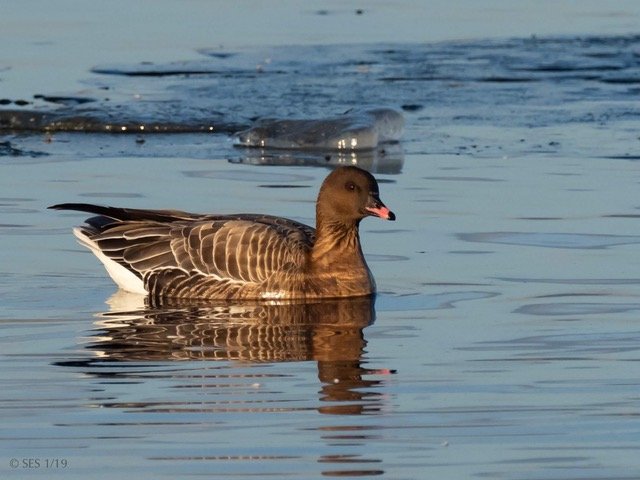
November Nature Almanac: Defective compass may send disoriented migrants our way
In the autumn and early winter of 2018 local birders became excited by birds that should not have been here. Winds probably helped push these out-of-place birds north that year, but another cause may be a phenomenon called “reverse migration” that happens when a bird flies in the opposite direction from their usual route.

October Nature Almanac: Irascible Mud Hens
They've been here all summer, and they'll probably be here all fall and winter too—those noisy little dark, duck-like birds that like to dabble around in the wetlands of eastern Colorado.

Insects and Kin of the Colorado Front Range
Insects and Kin, in 1104 pages, is a comprehensive guide to the major orders of insects that you are likely to observe throughout Colorado’s seven Front Range life zones.
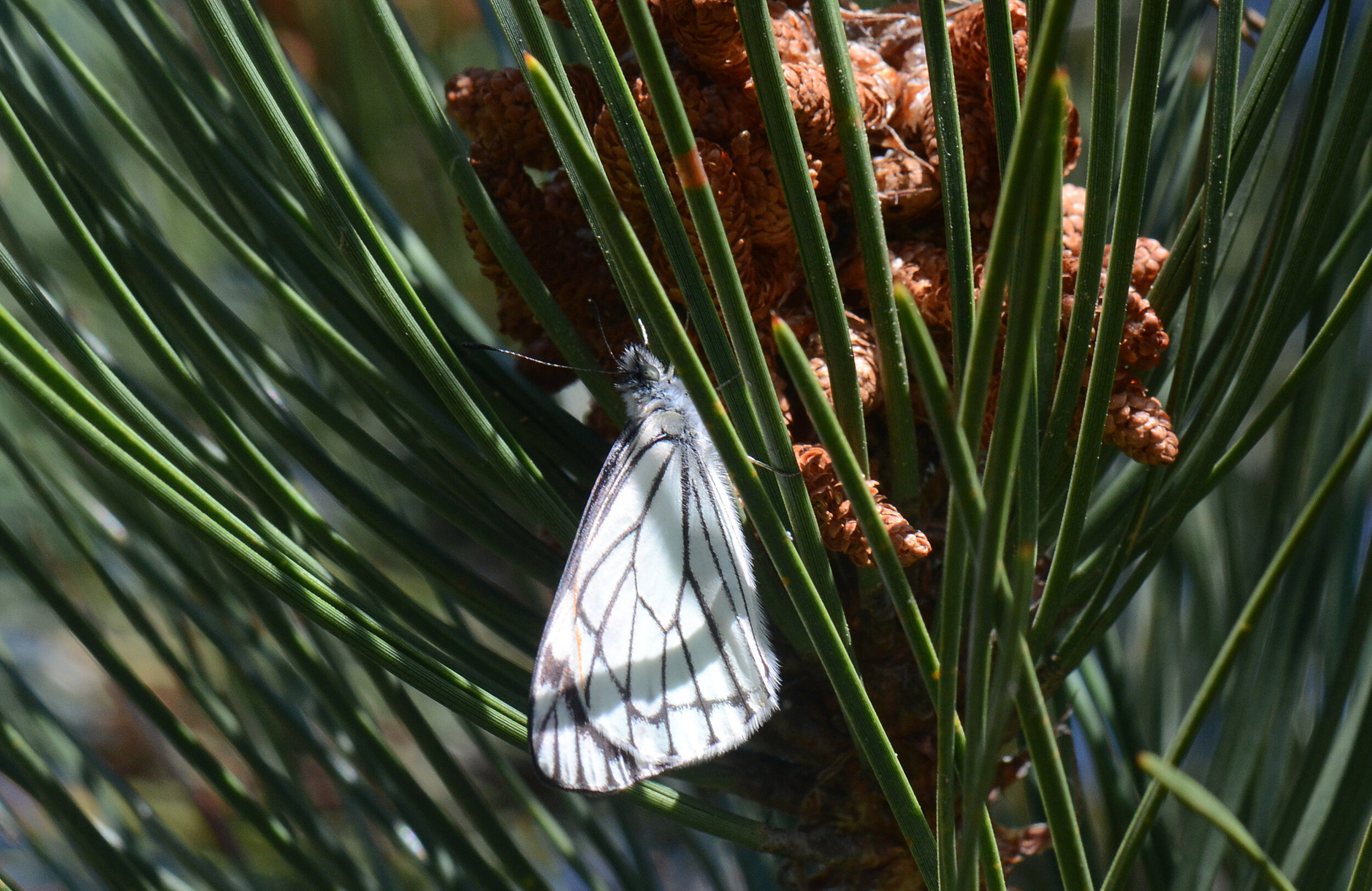
September Nature Almanac: Pine Whites Float on Late Summer Breezes
When out looking for butterflies in the foothills, we typically scan wildflowers blooming along either side of the trail, alert for flashes of orange or yellow. But during September, if you look straight overhead, you're likely to see a striking butterfly flitting through the conifers.

Conservation Corner
Locally, the most important issues that have arisen are those connected with the property known as CU-South and with management of the Boulder Reservoir and the adjacent wetlands.
